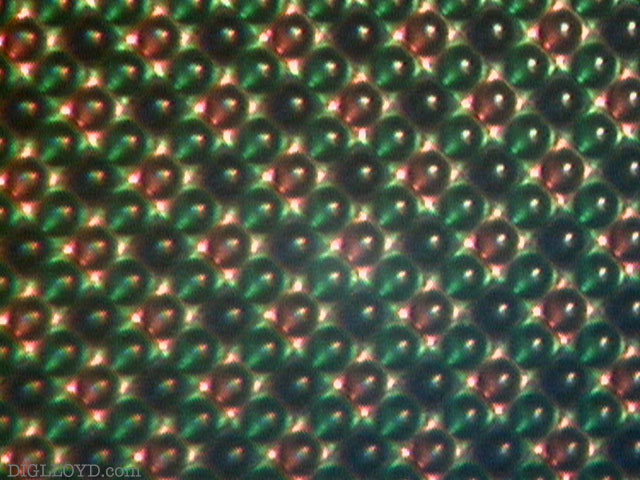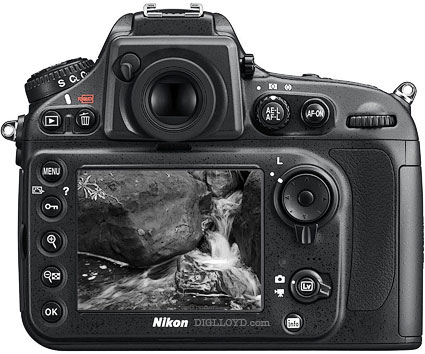EXCERPT page containing first few paragraphs. 2024-04-26 17:16:24
UA_SEARCH_BOT_compatible_botmozilla/5.0 applewebkit/537.36 (khtml, like gecko; compatible; claudebot/1.0; +claudebot@anthropic.com) @ 3.129.211.87
For full access, subscribe here. Or click title to login. ![]()
Nikon D800M Monochrome
This report covers a 36-megapixel Nikon D800 monochrome (“Nikon D800M”). A standard Nikon D800 was converted to a pure monochrome camera by permanent removal (destruction) of the RGGB Bayer matrix on its sensor. Custom sensor conversion performed by MaxMax.com, as seen in the pair of images below. The camera was loaned for evaluation.
The D800M is thus a camera having a 36-megapixel sensor with no color filters over each pixel: each photosite thus offers an unfiltered sensitivity to the full spectrum of light same as every other pixel on the sensor.
There are multiple considerations when working with a monochrome camera that was originally designed as an RGGB color camera:
- The camera firmware does not change. In particular, the camera firmware still “gains up” what it thinks is the red channel (red pixels), and possibly the blue channel also. The result can be a fine checkerboard pattern in the raw image that a raw converter might or might not correct.
- Bad pixels: the camera used here did not have its original sensor (three sensors died to achieve the final result). Hence any internal bad-pixel mapping tables maintained by the camera correct good pixels that are not bad, and fail to correct bad pixels.
- As a pure monochrome camera, the best possible quality in raw conversion comes from using a raw converter that treats the data as monochrome data—not as RGGB data to be converted with demosaicing.
- Color filters can be used but a focus deviation by color is possible, hence lenses with outstanding correction for secondary color errors are ideal (e.g., Zeiss 135mm f/2 APO-Sonnar or 55mm f/1.4 APO-Distagon).
- Focusing with/without a filter. When a color filter is used, focusing should be done with the filter in place using Live View, so that any focus deviation by color is viewed (Live View). Focusing without the filter, then exposing with the filter is a technical error, as is focusing through the viewfinder (at least if accuracy is desired). This is true especially with deep orange through deep red filters.
Article continues for subscribers...
Diglloyd Advanced DSLR is by yearly subscription. Subscribe now for about 16 cents a day ($60/year).
BEST DEAL: get full access to ALL 8 PUBLICATIONS for about 75 cents a day!
Diglloyd DAP is DSLR-oriented, but also contains workflow and other topics. Much of the focus is on Canon and Nikon but also Pentax and Pentax medium format.
Special emphasis is placed on lens evaluation, focusing on Canon and Nikon and Sigma lenses, but with a few others like Rokinon/Samyang.
- Make better images by learning how to get the best results right away.
- Save money by choosing the right lens for your needs the first time, particularly some of the new Sigma Art lenses vs Nikon and Canon.
- Workflow discusses image organization, raw conversion and post processing. Many examples show processing parameters for direct insight into how the image was converted.
- Jaw-dropping image quality found nowhere else utilizing Retina-grade images up to full camera resolution, plus large crops [past 2 years or so].
- Real world examples with insights found nowhere else. Make sharper images just by understanding lens behavior you won’t read about elsewhere.
- Aperture series from wide open through stopped down, showing the full range of lens performance and bokeh.
- Optical quality analysis of field curvature, focus shift, sharpness, flare, distortion, and performance in the field.
Want a preview? Click on any page below to see an excerpt as well as extensive blog coverage, for example on Nikon or on Canon or on Pentax.


(sensor from Canon 5D)


